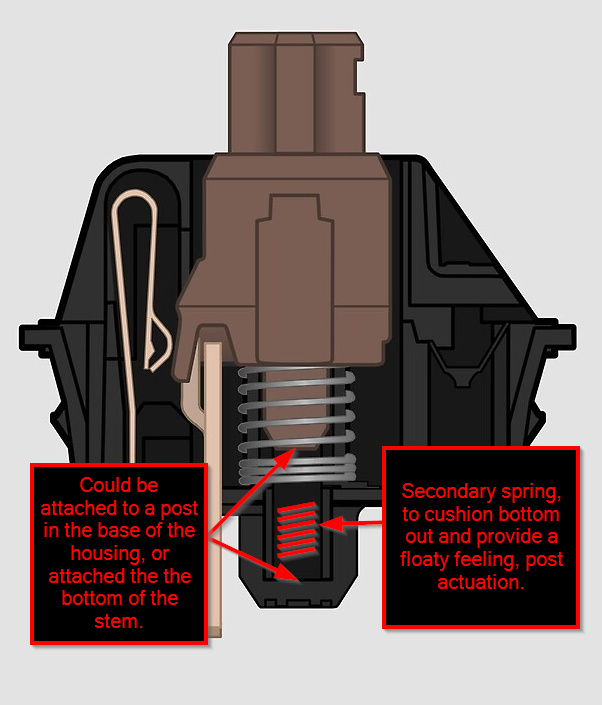
Pretravel: represents the distance or angle through which the actuator on the limit switch must travel before it trips the switch contacts.

Total travel distance: represents the maximum distance the actuating element can travel during its operational cycle. The various parameters of the mechanical switches determine their performance and feel when you type on them. Typical mechanical keyboard switches look like this, with the stem visibly protruding from the housing.Some keys have an additional component - a "bump" or click midway through the key's travel, usually made possible by a springy metal clip that the stem needs to push past as it's depressed.įinally, the switch needs to complete an electrical circuit when actuated with metal contacts. The stem is supported by a spring, which is contained within the housing. The easily removable keycap snaps onto the stem, which, depending on its shape and height, determines the total distance it can travel and how far to its actuation distance - how far it must be pushed to register the keystroke.

Every switch is composed of a few key components. Rather than a rubber membrane that provides mushy resistance to your keystroke, a mechanical key feels precise because your finger is forcing a low-friction mechanism to slide down a shaft that's actively resisted by a spring. Mechancal keyboard switches function princleĪ mechanical keyboard gets its name from the fact that there is a mechanical switch under the keycap.


 0 kommentar(er)
0 kommentar(er)
